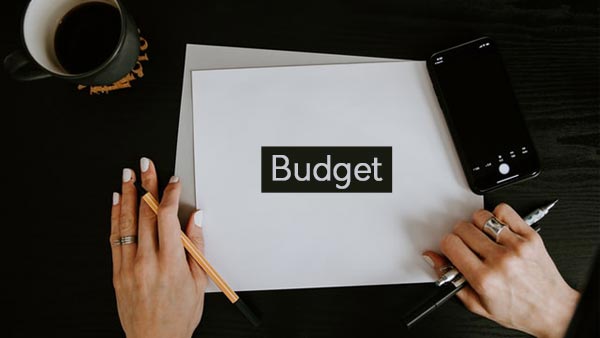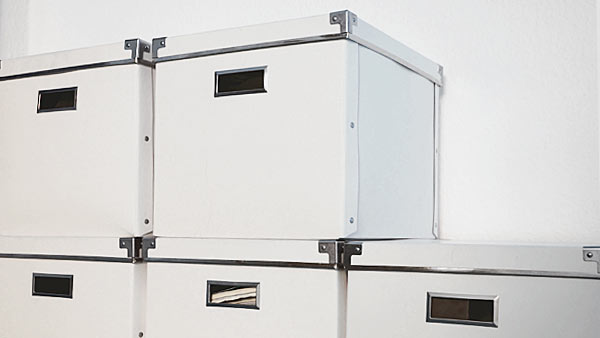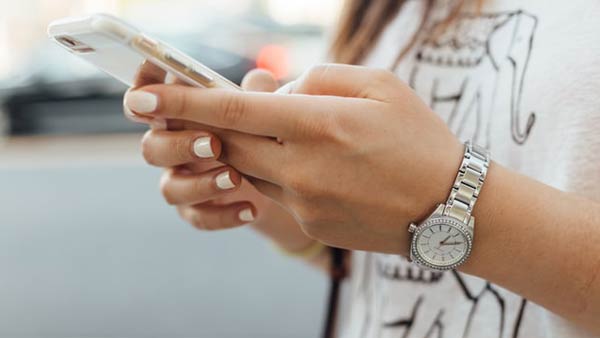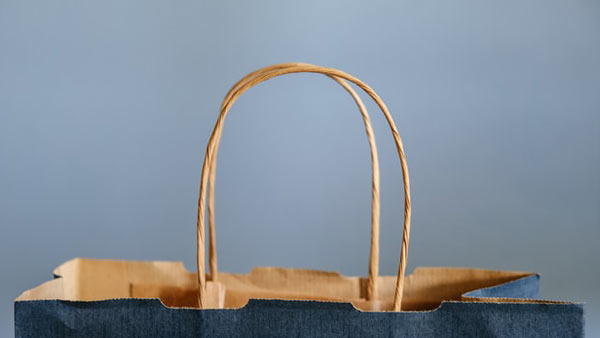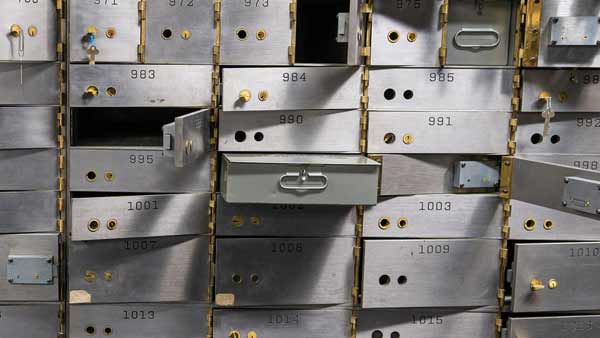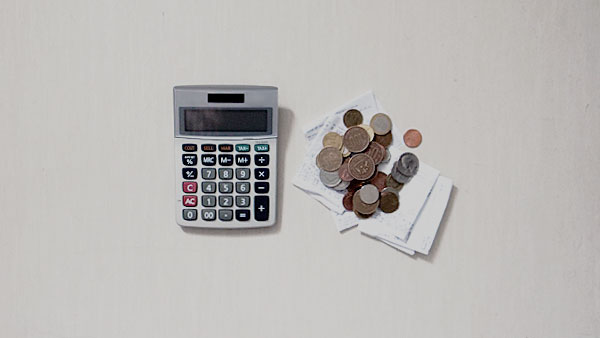How to keep your fitness frugal
For the frugal fitness fanatic, running is a great sport. No expensive bike that you need to get fixed and maintain, no monthly gym fees, no expensive sports clubs to join. Theoretically, all one needs to become a runner is a pair of shorts, a t-shirt and a pair of trainers (and ideally somewhere you can run without getting mown down by a car!).
However – the dedicated runner is targeted very heavily by some very skilled marketers on a constant basis. Brands spend a fortune on myriad ways to get your attention and your money. You need to be vigilant and strong to avoid falling into their traps!
In October 2019, the incredible Kenyan runner, Eliud Kipchoge, made history by running a full 26.2 mile marathon in under 2 hours. Something that many said was impossible and would never be achieved. The event was paid for and heavily promoted by Nike, and was in fact their second attempt, after a first try at Monza, the Italian Grand Prix circuit, in 2017.
The worlds press reported the success widely, understandably, as the achievement itself was fantastic.
But what exactly was this event? A testament to human endurance? A celebration of the power of sport? A showcase of a fantastic athlete?
Probably all of those things. But what it really was, more than anything else, was an advert for running shoes.
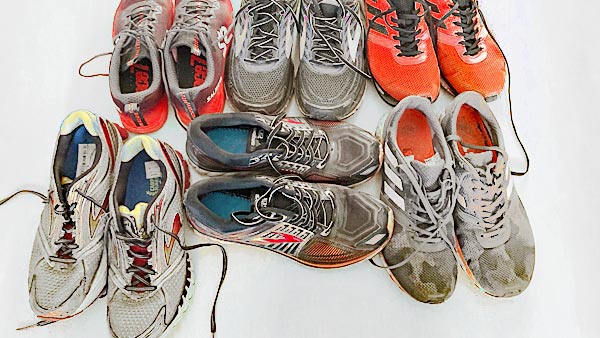
How long do trainers last?
These days, dedicated running shoes are finely tuned, exquisitely designed pieces of engineering, and they are priced accordingly. If you go to a running store and look for the latest and greatest products on the market – then you won’t have much change out of $200/€200/200GBP.
And as these shoes are also finely tuned especially for running, then they will also not last forever. Or even potentially that long.
People have many different opinions online (as with anything), but generally it is said that you should change your running trainers after running anywhere between 500 and 1000 km in them.
Now, if you are a fairly serious runner, doing say 30 – 50 km per week, then this means that you would need to be buying a new pair of shoes at least twice a year. This adds up to a lot of money spent on shoes.
Returning to the Nike marathon event; this event was staged to promote a new type of shoe, that they claimed would help any runner shave minutes off of their personal bests. This is music to the ears of every runner – they all want to go faster. However, the masterstroke of these new shoes for Nike was two-fold: firstly, they advised that the shoes should be replaced every 200 – 300 km. That’s less than half the distance advised on normal running shoes!
Secondly, the shoes were double the price of their other, already expensive models. They had just found a way to multiply the money they got from a runner by a factor of 4 in an instant!
Whilst for Nike, that is undoubtedly a stroke of genius, we money saving joggers have to be strong and stick to our frugal ways. Therefore – here are our tips for saving money with running shoes:
Don’t get seduced by the latest thing
Every runner wants that extra second of speed. However, do you really want to achieve that just through technology? Or do you want to get that PB down by your own effort and guts? We recommend the latter – if for no other reason that it is much, much cheaper.
Make your trainers last
Some say you should not do more than 500 – 1000 km in a pair of trainers. However, I have found that my shoes can easily do 1000 – 1200 km without degrading too much. Of course it depends on the runner, and you should always be careful not to injure yourself. However, it should be possible to squeeze a bit more distance out of each pair of shoes.
Find a model you like, and buy last year’s version
I have bought the same model of shoes for the last 2 or 3 years. I liked the look of them, they fitted me nicely, and I ran faster in them than in any other shoes I had used before. Every year or so, the manufacturer brings out a new version. All shoe makers do. The same basic thing, but with new colours, new features etc.
The best thing to do, is ignore this, and buy the previous year’s version. Sometimes you have to search a bit, but you can usually find some. And when you do, you will generally be able to get them for 20% to 50% cheaper than this year’s shiny new model.
Buy shoes you like the look of
Some running shoes are notoriously hideous. Over complicated meshes and patterns with meaningless letters and numbers on them. And the colours, oh the horror of the dayglow oranges, yellows, greens etc! Now, you may like ugly garish trainers (I do). However, most shoe models are also available in soberer, cooler colours.
Outside of running, I haven’t bought a pair of day to day trainers for many years. That’s because as soon as I feel that my latest running shoes are no longer fit for running, then I buy a new pair (last year’s model!). The old shoes graduate to being my day to day trainers. Even if they have lost their ‘bounce’ for the hard work of running, they are still perfectly fine for everyday use.
Buy trainers you like the look of, and you will never have to buy another pair of non-running trainers again.
Running is a great sport and way to keep fit, and with some care and thought, it can also be a lot cheaper than nearly any other athletic endeavour!

